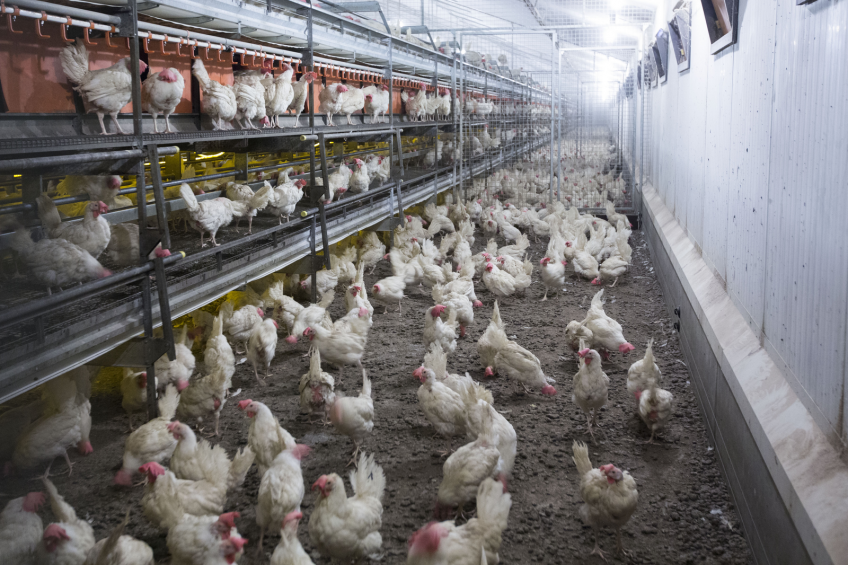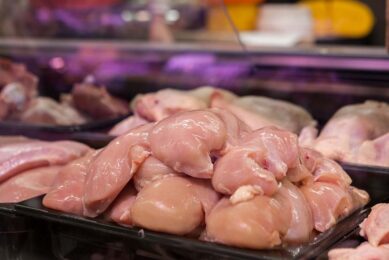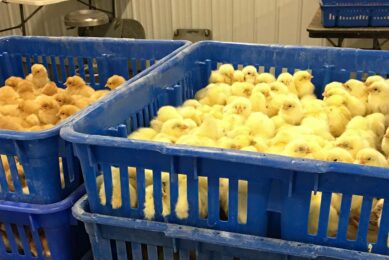Scottish poultry flock hits 10-year low

Scottish poultry numbers have reached a 10-year low, according to the latest December agricultural survey figures, with a sharp fall in the number of broilers following a major restructuring of the industry north of the border.
The downturn follows the takeover of Vion by the 2 Sisters Food Group in 2013 and the subsequent slimming down of its operations, as the company tried to eliminate loss-making operations from its portfolio. Broilers declined by 2.45 million birds (or 31%) to just 5.3 million over the 12-month period. The drop showed an acceleration in the second half of the year, as June census figures had put the national flock just 3.5% lower.
Egg-laying flock has expanded
Conversely, the egg-laying flock has expanded in Scotland – up by 465,000 (9.3%) compared with a year earlier, to reach 5.47 million birds. This is some 1.47 million (or 37%) higher than 10 years ago. Combined, the total Scottish poultry flock is seen down by 2.28 million (16%) at 11.91 million.
Variability in annual poultry data
A government statement explained that there was inherent variability in the annual poultry data, as flocks which may have appeared in one set of figures did not appear in the next, due to cyclical depletions. “Also the poultry production cycle is very short compared with other livestock, which provides producers with the flexibility required to change production levels in response to market conditions,” it added.
Closure of a number of holdings across the country
But while variability is a feature of poultry figures, the closure of a number of holdings across the country that previously housed large numbers of broilers can explain much of this drop. “The fall in the number of broilers follows a drop of 980,000 in December 2013 and significant restructuring over the period.” The trends in the annual number of breeding birds have been fairly constant, adds the report, with the December survey and June census both averaging just under 1.3 million birds over the 10-year period.
Source: Farmers Weekly
Join 31,000+ subscribers
Subscribe to our newsletter to stay updated about all the need-to-know content in the poultry sector, three times a week. Beheer
Beheer








 WP Admin
WP Admin  Bewerk bericht
Bewerk bericht